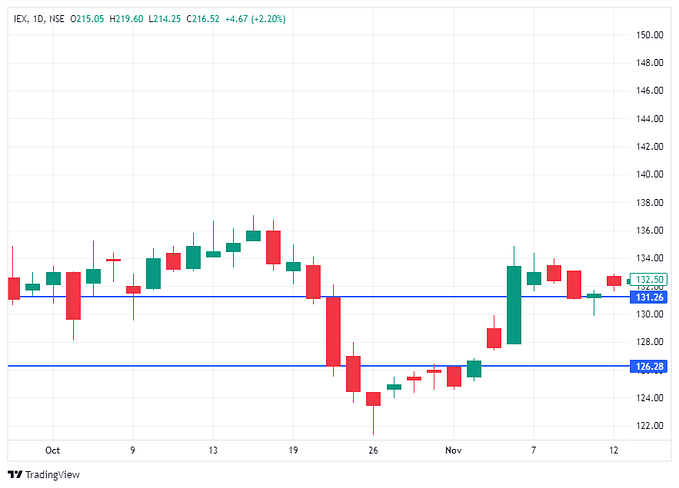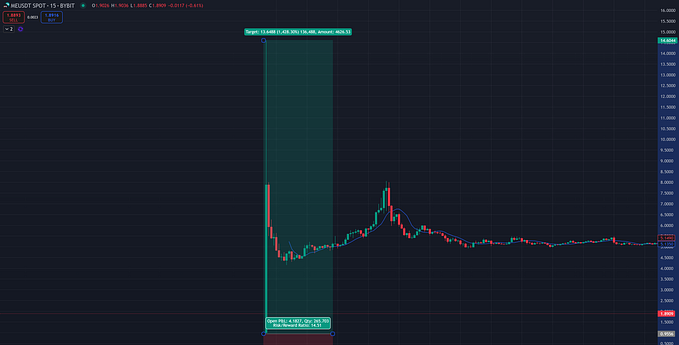Forex trading is a fast-paced and volatile market that requires a trader to use various strategies to experience a successful and profitable trading journey. This article will explore seven of the most common trading techniques every trader should know. These techniques include support and resistance trading strategy, trend trading strategy, Fibonacci trading strategy, scalping trading strategy, candlestick trading strategy, day trading, and position trading.
There are several popular forex trading techniques or strategies that you can use when trading. When deciding which is the best trading strategy for you, some important factors to consider include your trading style, needs, goals, risk appetite, and available resources.

7 Forex Trading Strategies that should be followed
Before heading to strategies, you may also read about basics concepts of Forex here: https://www.exclusivemarkets.com/blog/what-is-forex
1. Support and Resistance Trading Strategy
Support and resistance are two significant levels traders use to identify potential entry and exit points. Support is the price level at which the demand for a currency pair is strong enough to prevent further decline. On the other hand, resistance is the price level at which the supply for a currency pair is strong enough to prevent its further rise.
To use this strategy, a trader will identify these levels, buy a currency pair at the support level, and sell at the resistance level. A trader can also place a stop-loss order below the support level and take profit above the resistance level.
2. Trend Trading Strategy
Trend trading is a tactic that involves going with the market’s flow. A trader will decide which way the trend is going and place positions accordingly. Three different trends exist: uptrends, downtrends, and sideways trends. Prices rise when there is an uptrend, while they fall when there is a downtrend. Likewise, prices fluctuate within a range when there is a sideways trend.
With the aid of technical analysis tools like moving averages, trendlines, and chart patterns, a trader will use this strategy to determine the trend. Once the trend has been determined, a trader will place a bet in that direction.
3. Fibonacci Trading Strategy
The Fibonacci retracement levels are the foundation of the Fibonacci trading strategy. The Fibonacci sequence, a mathematical series of numbers where each number is the sum of the two preceding ones, is where the Fibonacci retracement levels originate. Potential entry and exit points are found using the retracement levels.
In order to employ this strategy, a trader must first recognize a trend and then use Fibonacci retracement levels to determine possible entry and exit points. The most popular levels are 38 point 2 percent, 50 percent, and 61 point 8 percent.
4. Scalping Trading Strategy
Scalping is a trading strategy that involves making multiple trades in a short period to make small profits. A trader using this strategy will open and close trades within minutes or even seconds. This strategy requires a trader to have a high level of focus and discipline.
Using a scalp trading strategy, a trader will quickly identify short-term price movements and enter and exit positions to make small profits.
5. Candlestick Trading Strategy
Candlestick trading is a popular strategy that involves analyzing candlestick charts to identify potential entry and exit points. Candlestick charts visually represent price movements and are used to identify trends, support and resistance levels, and price patterns.
To use this strategy, a trader will analyze candlestick charts to identify potential entry and exit points. The most commonly used candlestick patterns include the doji, hammer, and engulfing patterns.
6. Day Trading
Day trading is a strategy that involves opening and closing trades within a single trading day. A trader using this strategy will not hold positions overnight. Therefore, day trading requires a trader to have high discipline and focus.
A trader will identify short-term price movements and enter and exit positions within a single trading day to use this strategy.
7. Position Trading
The long-term strategy of position trading entails holding positions for a number of weeks or months at a time. A trader must be able to maintain their position through short-term price fluctuations and have a long-term perspective on the market in order to use this strategy.
By spotting a long-term trend and placing trades in that direction, a trader can employ this strategy. The trader will then maintain the position for a considerable amount of time, enabling the trade to benefit from the long-term trend. Being patient, being disciplined, and having a solid grasp of the market’s underlying principles are all requirements for this strategy.
In conclusion, online forex trading is a difficult and complex market, and traders must employ a variety of strategies to be successful. Every strategy has benefits and drawbacks, so traders should pick the one that matches their trading style and risk tolerance the best. It’s critical to keep in mind that no one strategy is effective for all traders and that traders should continuously adapt and improve their strategies in response to changing market conditions. But for those who put in the time to learn and master its nuances, fx trading can be a lucrative and rewarding endeavor when done with patience, discipline, and a sound trading strategy.








